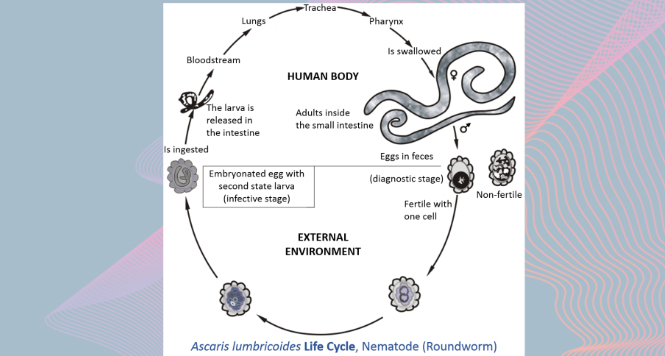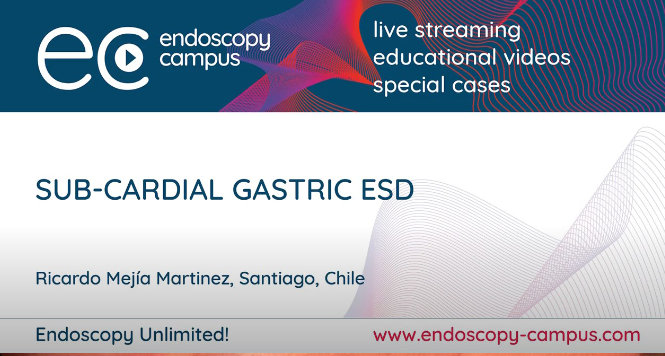How Often Do Patients With Dyspepsia Have Pathology on Endoscopy?
Vanessa M. Shami, MD, FASGE, reviewing Nasseri-Moghaddam S, et al. Clin Gastroenterol Hepatol 2022 Jun 20.
Dyspepsia is a worldwide disease that interferes with quality of life. A 2010 systematic review investigated the prevalence of endoscopic findings in patients with dyspepsia; however, there has been no recent or updated information on this topic until now. This information is important because it elucidates the role of endoscopy in the workup of these patients. The updated systematic review and meta-analysis aims to provide new information on the prevalence of endoscopic findings in patients with dyspepsia.
After searching MEDLINE, EMBASE, Cochrane CENTRAL, and the Cochrane Database of Systematic Reviews from 2010 through January 2022, 511 papers were evaluated. Of these papers, 184 reported the prevalence of dyspepsia, and only 15 reported the prevalence of endoscopic findings. There were 41,763 patients from the 15 studies, with dyspepsia reported in 40.4% of these patients. Prevalence rates of clinically significant endoscopic findings in subjects with and without dyspepsia were pooled for all studies and compared using odds ratios (ORs) and 95% confidence intervals (CIs). The data were pooled with those of the 9 studies included in the prior review.
Erosive esophagitis was the predominant abnormality (pooled prevalence, 11.0%; 95% CI, 8.9%-13.2%), followed by peptic ulcer (pooled prevalence, 4.4%; 95% CI, 2.5%-6.7%). Peptic ulcer disease (OR, 1.61; 95% CI, 1.08-2.39) was the only finding noted more often in individuals with dyspepsia than those without dyspepsia. The majority (>85%) of EGDs were normal. The prevalence of gastroesophageal cancer was equally rare (<0.4%) in both groups.

COMMENTPeptic ulcer disease was the sole pathologic finding more common in patients with dyspepsia than those without dyspepsia. Fortunately, cancer was uncommon, suggesting that the initial approach to managing dyspepsia in patients with no alarm symptoms should be noninvasive.
Note to readers: At the time we reviewed this paper, its publisher noted that it was not in final form and that subsequent changes might be made.
CITATION(S)
Nasseri-Moghaddam S, Mousavian AH, Kasaeian A, et al. What is the prevalence of clinically significant endoscopic findings in subjects with dyspepsia? Updated systematic review and meta-analysis. Clin Gastroenterol Hepatol 2022 Jun 20. (Epub ahead of print) (https://doi.org/10.1016/j.cgh.2022.05.041)


